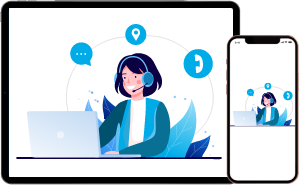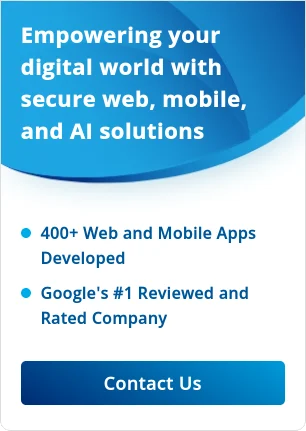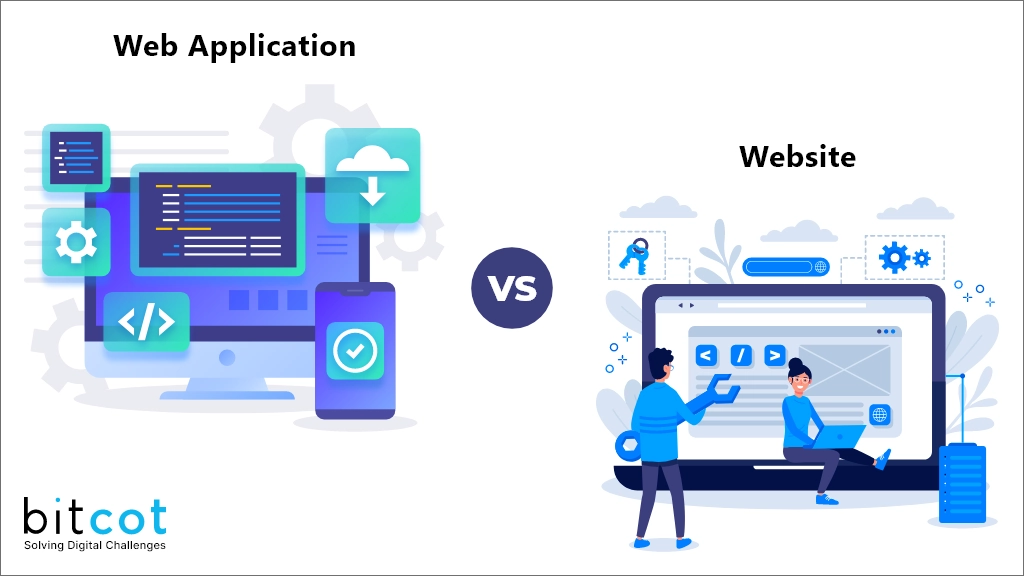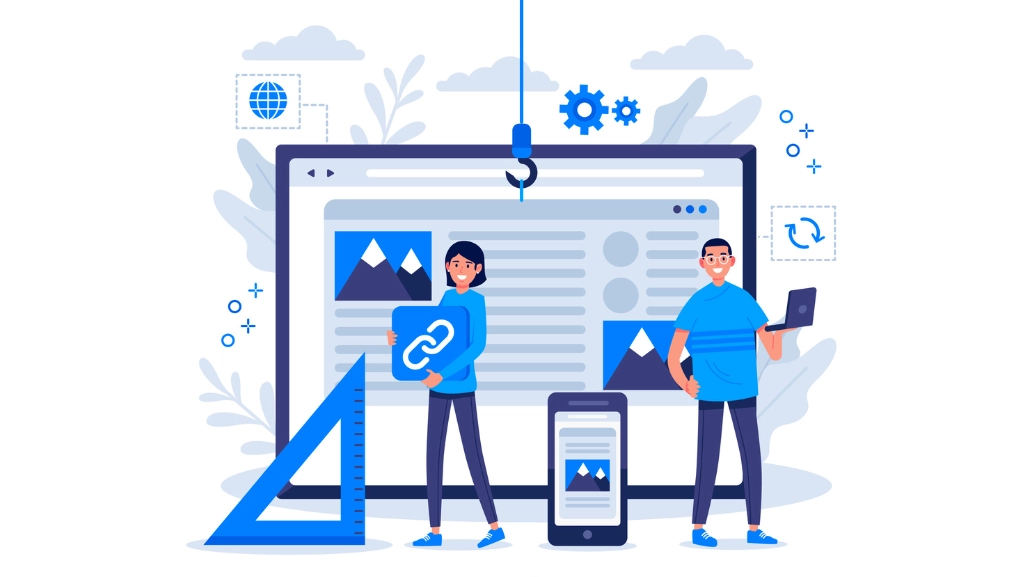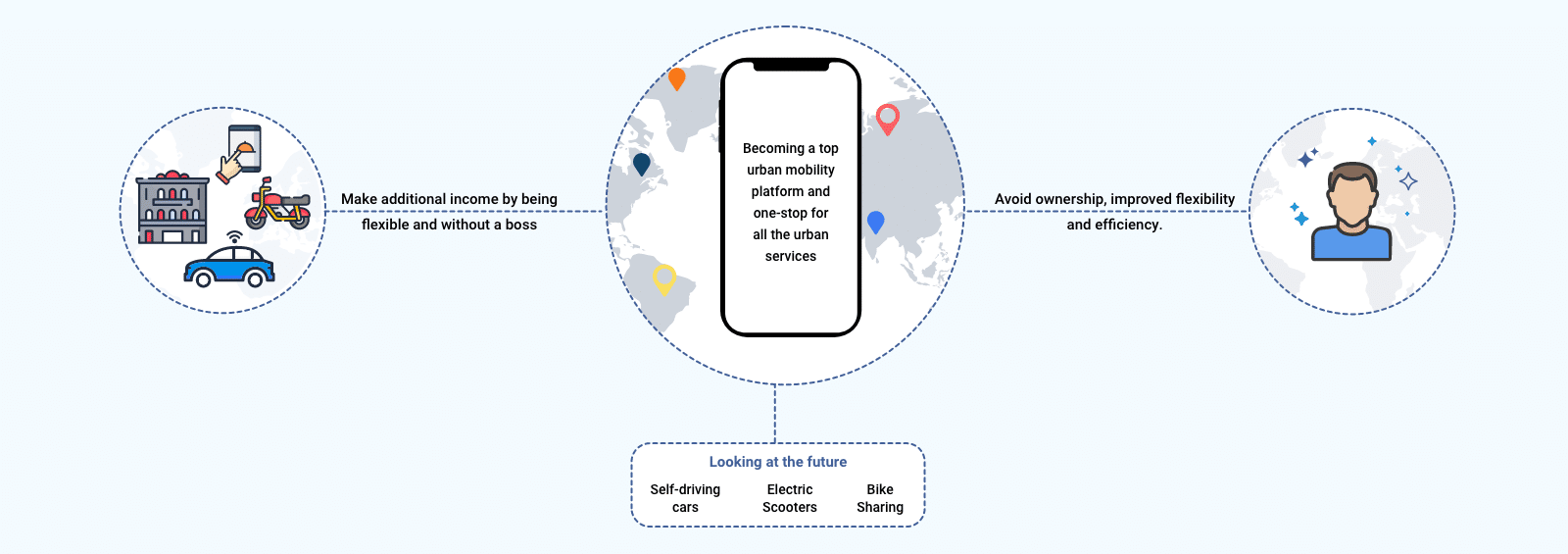
It’s evening and you’re ready to head home.
You call an Uber to take you back to your place.
After getting home, you order dinner from Uber Eats.
While waiting for dinner, you look and see if you can make some extra money on Freelancer.
You may not realize it, but all of these have one thing in common.
They are two-sided marketplaces.
Two-sided marketplaces are in almost every industry. They are everywhere and you use them all the time.
Here is an outline of what we cover in this article.
- What is a two two-sided marketplace?
- The two sided-marketplace business model
- Two-sided marketplace examples
- Two-sided marketplaces, the gig economy, and the future of work
- Challenges of building a two-sided marketplace
- Experience in building two-sided marketplaces
- The future of two-sided marketplaces
You have probably heard the term “two-sided marketplace” in the startup space. The easiest way to explain it is that they are places where multiple buyers and multiple sellers meet to exchange products and services.
Customers need some kind of product or service, there are people who can provide those products and services, and the marketplace connects them.
The marketplace usually takes a cut out of each transaction.
Let’s take a look at Airbnb. What does Airbnb do? Airbnb connects people that need a place to stay with people who have places. These two make an exchange and Airbnb gets its cut.
Airbnb is able to make money renting out rooms it doesn’t even own.
And that’s just one huge benefit of the two-sided marketplace business model.
Let’s look at the business model more closely.
The Two-Sided Marketplace Business Model
The basic premise of creating a two-sided marketplace is being able to connect buyers and sellers.
When you look at the business model like this, you’ll notice that two-sided marketplaces are everywhere.
eBay, Uber, Airbnb, Zillow, TaskRabbit, Amazon – they’re all two-sided marketplaces companies. For the most part, the main role these businesses play in facilitating transactions. Amazon is a bit of an exception since Amazon also has its own products, but that just shows the opportunities that two-sided marketplaces have.
All of these companies are able to compete in their spaces without the baggage that traditional companies have.
eBay doesn’t need to hold inventory.
TaskRabbit doesn’t need a workforce.
Uber doesn’t even own a fleet of cars.
Yet…
Uber has always used drivers’ cars, but in order to innovate, they are looking to implement their own network of driverless cars.
And Uber already has already built up its customer base with the two-sided marketplace business model.
This shows that owning a marketplace gives you the power to pivot and evolve your business model.
Uber is just one example of a successful two-sided marketplace, but there are many others.
Two-Sided Marketplace Examples
Two-sided marketplaces aren’t just the future — they’re already here and are extremely successful. Here are some examples of two-sided marketplaces.
Thumbtack
Thumbtack is a marketplace that connects local service providers with people needing their services.
Need a plumber? Get on thumbtack and view profiles of plumbers in your area.
The platform connects services to consumers almost instantly.
The company has over 230,000 professionals with 1,000 different service categories around the United States. Each one of those professionals is another opportunity for Thumbtack to facilitate a transaction and take its cut.
The company is valued at over one billion dollars.
Thumbtack is focused on providing services to customers, but there’s no shortage of product offerings using the two-sided marketplace business model.
Taobao
You have probably heard of Alibaba.com, a marketplace for B2B transactions But the company also has a B2C marketplace — Taobao.
Taobao is an e-commerce store in China that is “Amazon, but bigger and faster.”
The website has businesses list their items on the platform and charges those businesses to promote themselves.
Taobao has had a large impact in the online space in China. So much so, the company even invented its own shopping holiday, Single’s Day.
The holiday is bigger than the US’s Black Friday and Cyber Monday.
It’s so big that Taobao reported earnings of over $10 billion.
In one day.
If a business wants to sell products online in China, it has to be on Taobao.
Gumroad
Gumroad is a two-sided marketplace for digital goods. The service allows creators to set up a digital store and collect payments.
The platform also has other features that help sellers such as giving the store a blog and customer analytics.
The company has already paid out over $200 million to creators.
While the effects of e-commerce are easy to see, the effects of marketplaces for services are also affecting the economy in major ways.
Two-Sided Marketplaces, The Gig Economy, & The Future Of Work
If you have kept up with the news in the past few years, you’ll know that the gig economy is a major force to be reckoned with. About 36% of US workers are now involved in the gig economy — that’s 55 million people.
And two-sided marketplaces play a major role in the gig economy.
Whenever someone is looking for a product or service, they will usually use a two-sided marketplace to get it. This means that for every gig that is being completed, there’s a marketplace out there getting its cut.
Two-sided marketplaces are the backbone of the gig economy, but they aren’t just limited to gigs.
When a local service provider, such as a plumber, wants to get customers online, they probably don’t have the resources for SEO, PPC, social media, and a whole digital marketing strategy.
Instead of doing all of that themselves, business owners turn to a two-sided marketplace to find customers online. They’re happy because they get customers from the internet, customers are happy because they get the service they wanted, and the marketplace is happy because it gets its cut for facilitating the transaction.
It’s a win-win-win scenario — something that almost never happens.
Two-sided marketplaces are also a convenient way for businesses to find contractors. Businesses with a lean business model can grow their offerings without all of the headaches that come with hiring full-time employees.
There are a ton of opportunities for two-sided marketplaces, but building one does come with challenges.
Challenges Of Building A Two-Sided Marketplace
The two-sided business model provides many opportunities for entrepreneurs, but like all businesses, the two-sided marketplace business model has its own unique challenges. Some challenges with building a two-sided marketplace are:
- Time to market
- Cost of development
- Finding suppliers and buyers
- Scaling infrastructure
The Timing Of Starting A Two-Sided Marketplace
Complicated software can take a long time to build. You have to design how the marketplace is going to work and then implement it. And with a two-sided marketplace, first impressions are important.
If you try to get sellers on your service and the platform is hard to use at first, they might never come back.
This means that you could spend 10 months to 2 years before you ever start to get cash flow.
No cash flow for that long is detrimental to any business.
While you are spending time developing your marketplace, your competition is already ahead of you and they are taking over local markets before you even have a service to show off to potential sellers on your platform.
This doesn’t even include the iterative nature of software — getting customer feedback and improving.
When building a two-sided marketplace from scratch you could spend years working on it without getting valuable customer feedback. If you made some false assumptions about what your target market wants, you could end up going back to fix major issues with your platform, putting you even further behind in the race to market.
Two-Sided Marketplaces Can Be Expensive To Build
Web Designing the service, developing the marketplace, and testing takes a lot of resources.
Building a marketplace from scratch can cost $20,000 and up.
Combine the huge cost just to develop a two-sided marketplace software with the previously mentioned long time to market, and you have an issue that is pretty difficult to overcome.
And this cost doesn’t even include the costs for marketing the platform and getting the initial sellers onboard.
Two-Sided Marketplaces Need Buyers & Sellers
Another big challenge with building and launching a two-sided marketplace is that a marketplace needs both buyers and sellers. But how do you get buyers on your platform if they won’t be able to get customers?
And how do you get customers on a platform without any sellers?
It’s the classic chicken and egg problem.
Two-sided marketplaces really start to show their potential when they start getting big enough to benefit from networking effects.
There are multiple ways to grow your revenue and the marketplace becomes more and more useful for customers and suppliers as the platform gets bigger. The difficult part is getting to the point where you can start benefiting from these effects.
Scaling Infrastructure
Another challenge when building two-sided marketplaces is scaling the technology that is powering the business.
When your business starts getting off the ground and is becoming popular, you need to make sure that your infrastructure can handle the load.
If your business starts gaining traction but crashes once people start using it, users will jump ship. All of your hard work and goodwill you’ve built up is gone.
Not good. That’s why it’s important to plan ahead and design your marketplace with the ability to handle these anticipated challenges — something we make sure to do when discussing your app idea.
Experience in Building Two-Sided Marketplaces App
It takes a lot of work to build a two-sided marketplace, so when you build one, you want to make sure you get it done right the first time.
Here at BitCot, our team of engineers has experience building apps of all different shapes and sizes, including two-sided marketplaces. Bitcot is constantly evolving and using the best technologies for each job to make sure we can turn our clients’ ideas into successful businesses.
Here’s an app called paxxie that we built. It connects photographers and videographers with clients.
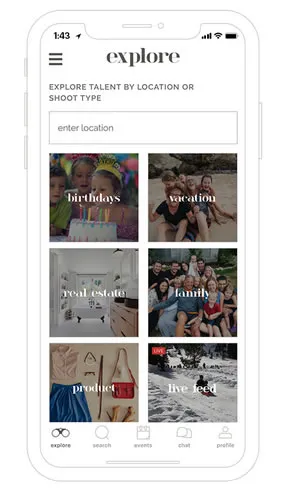
This app includes photographer profiles, booking, and has features like video streaming and photo editing.
StompSessions is another marketplace that we have developed.
This connects skateboarding, surfing, and mountain biking professionals with students from all around the world.
The app has coaching, video streaming, and a subscription model.
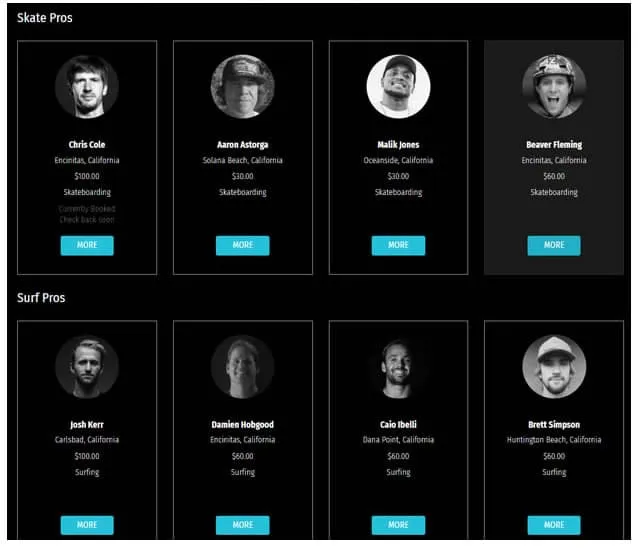
These are just a few marketplaces we’ve built, but the possibilities are endless.
The Future Of Two-Sided Marketplaces
Two-sided marketplaces are becoming more and more prevalent in our lives. Think about how many of these marketplaces you’ve interacted with in the past week.
You’ve probably used a two-sided marketplace for food, transportation, entertainment, and more.
With every single one of those interactions, the marketplace you used was likely taking its cut.
Two-sided marketplaces provide huge opportunities for entrepreneurs, but one of the biggest hurdles is developing the platform.
Developing a two-sided marketplace can take years and cost tens of thousands of dollars. If you are interested in starting your own two-sided marketplace but don’t want the hassle of building one from scratch, let’s schedule a chat.
As always, if you have questions or feedback, please let me know!
Good or bad, we’d love to hear your thoughts. Reach us at [email protected]

